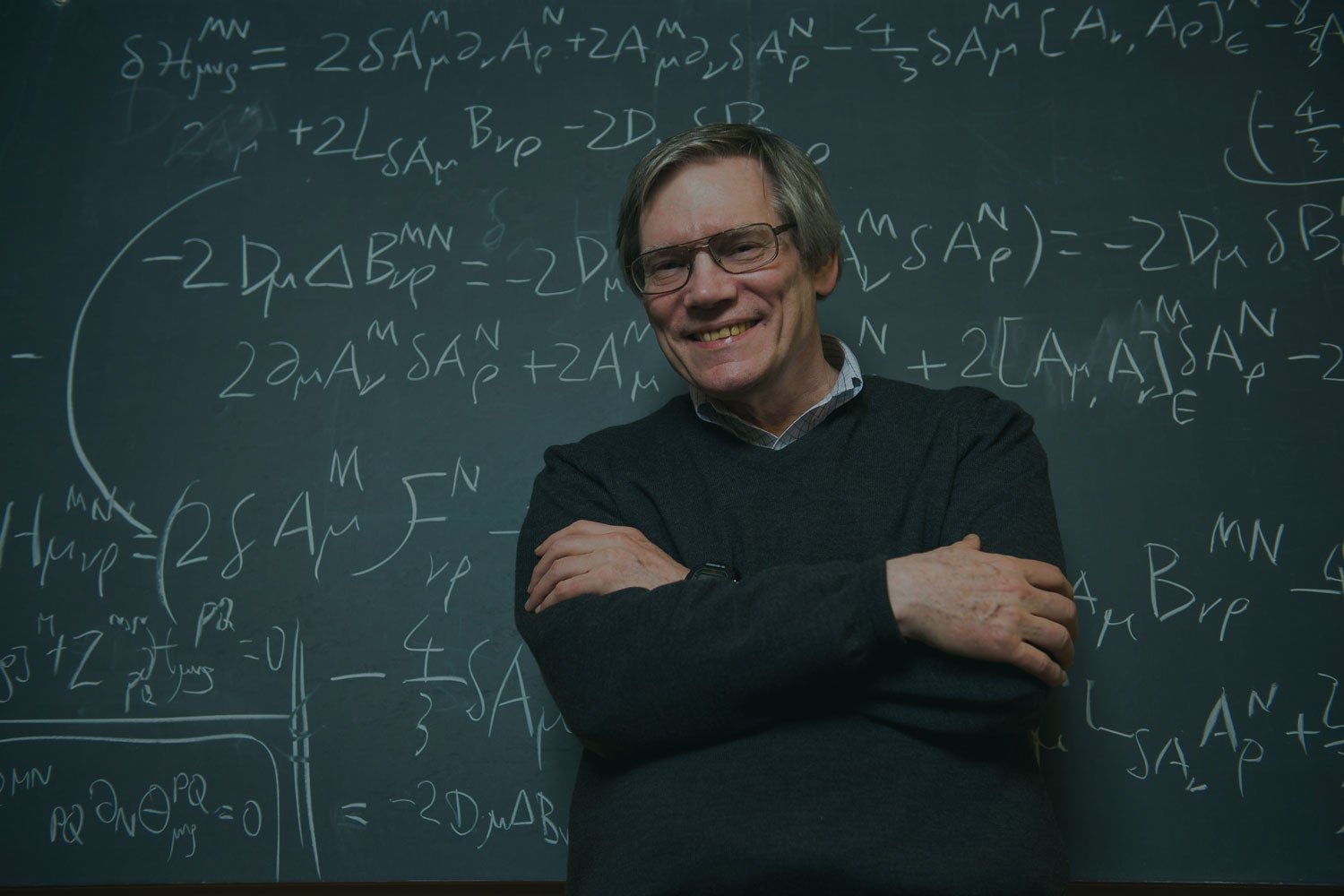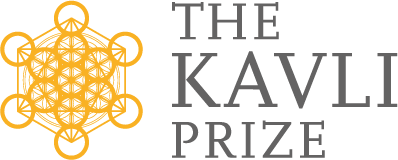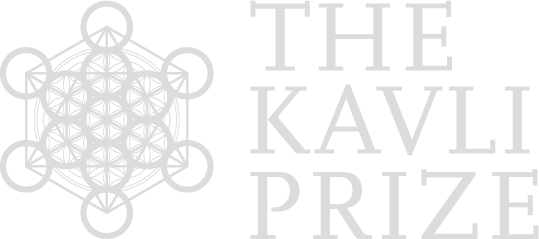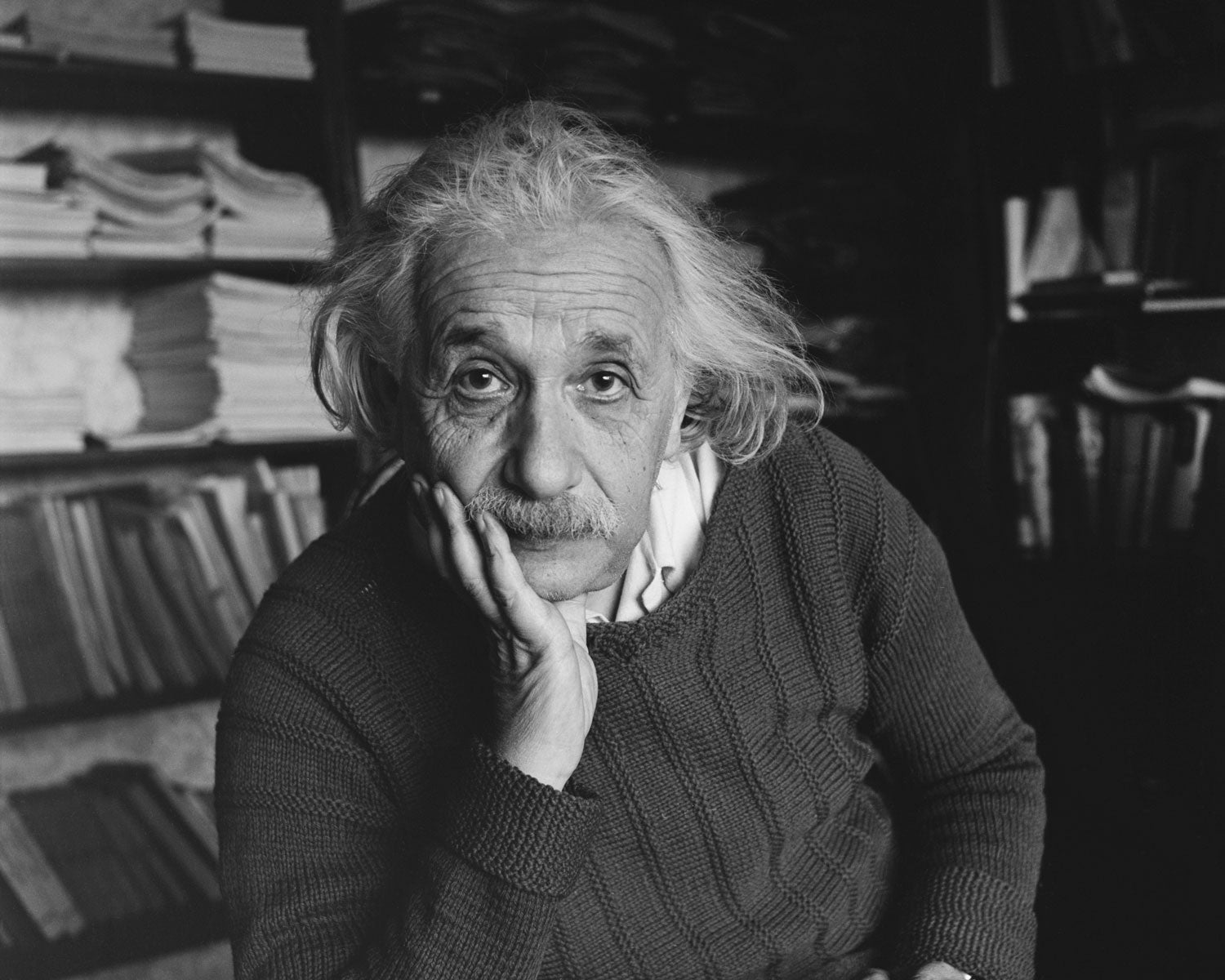
The big bang theory
Scientists have long pondered the birth of the universe, but for centuries their theories were mostly speculative. Albert Einstein changed this with his General Theory of Relativity. The theory provided a framework for describing the expansion of the universe, and in 1929 Edwin Hubble reported observations showing that the universe is expanding. Hubble’s results led scientists to develop the big bang theory. It explained a lot, like how the universe expanded and cooled, how light chemical elements formed, and how matter coalesced into stars, galaxies and galaxy clusters. But it didn’t explain everything.
Credit: Popperfoto/Getty Images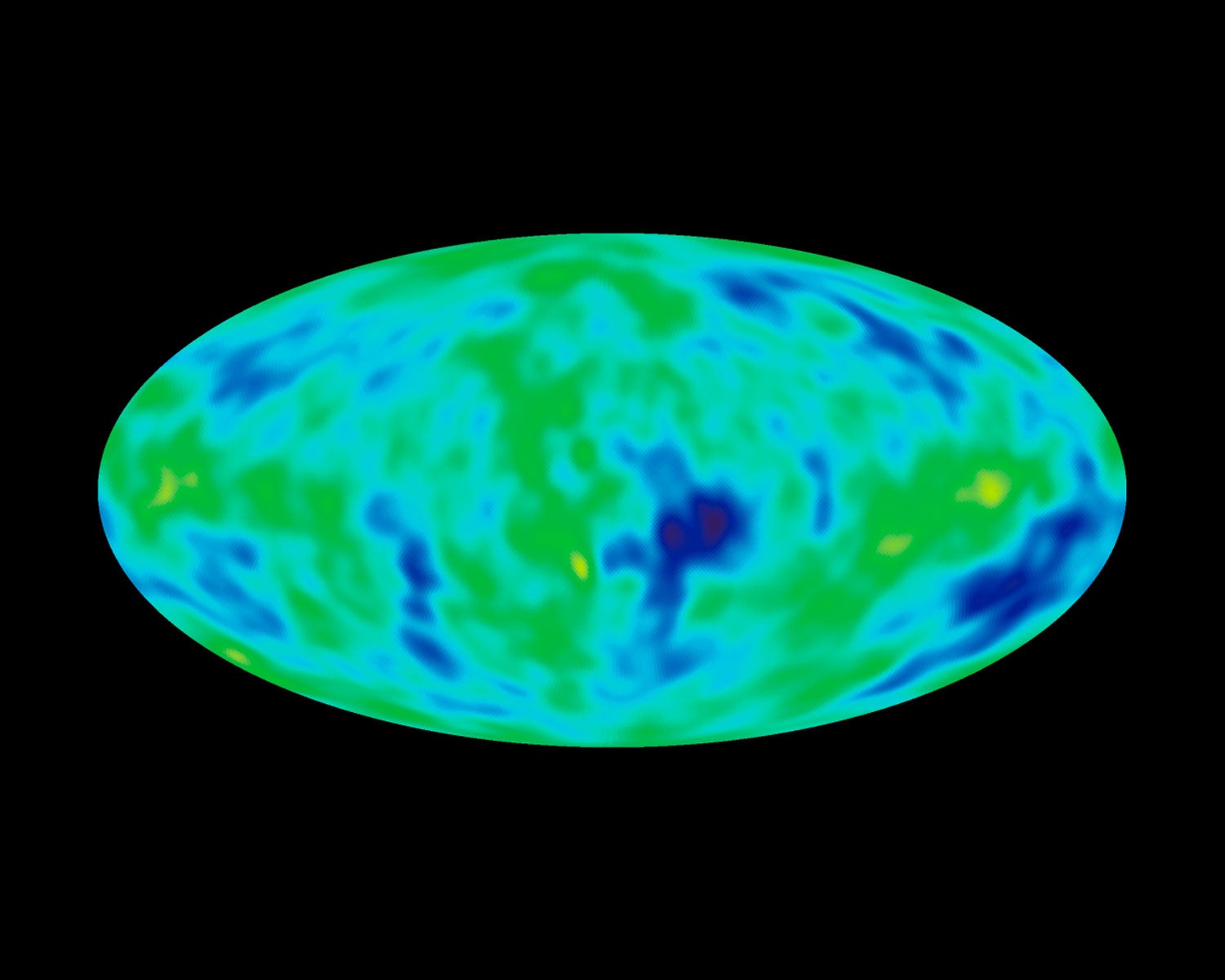
Uncomfortable truths
Two important observations seemed incompatible with the big bang theory. First, the universe appeared “smooth,” meaning that the cosmic microwave background—the afterglow of the big bang—seemed to be exactly the same temperature everywhere, even from locations too far apart to have ever interacted. Just as unlikely, the universe seemed “flat,” according to measurements of its total amount of matter. That meant it was poised precisely between a “closed” curvature that would eventually cause it to collapse and an “open” curvature that would drive it to expand forever.
Credit: NASA/WMAP Science Team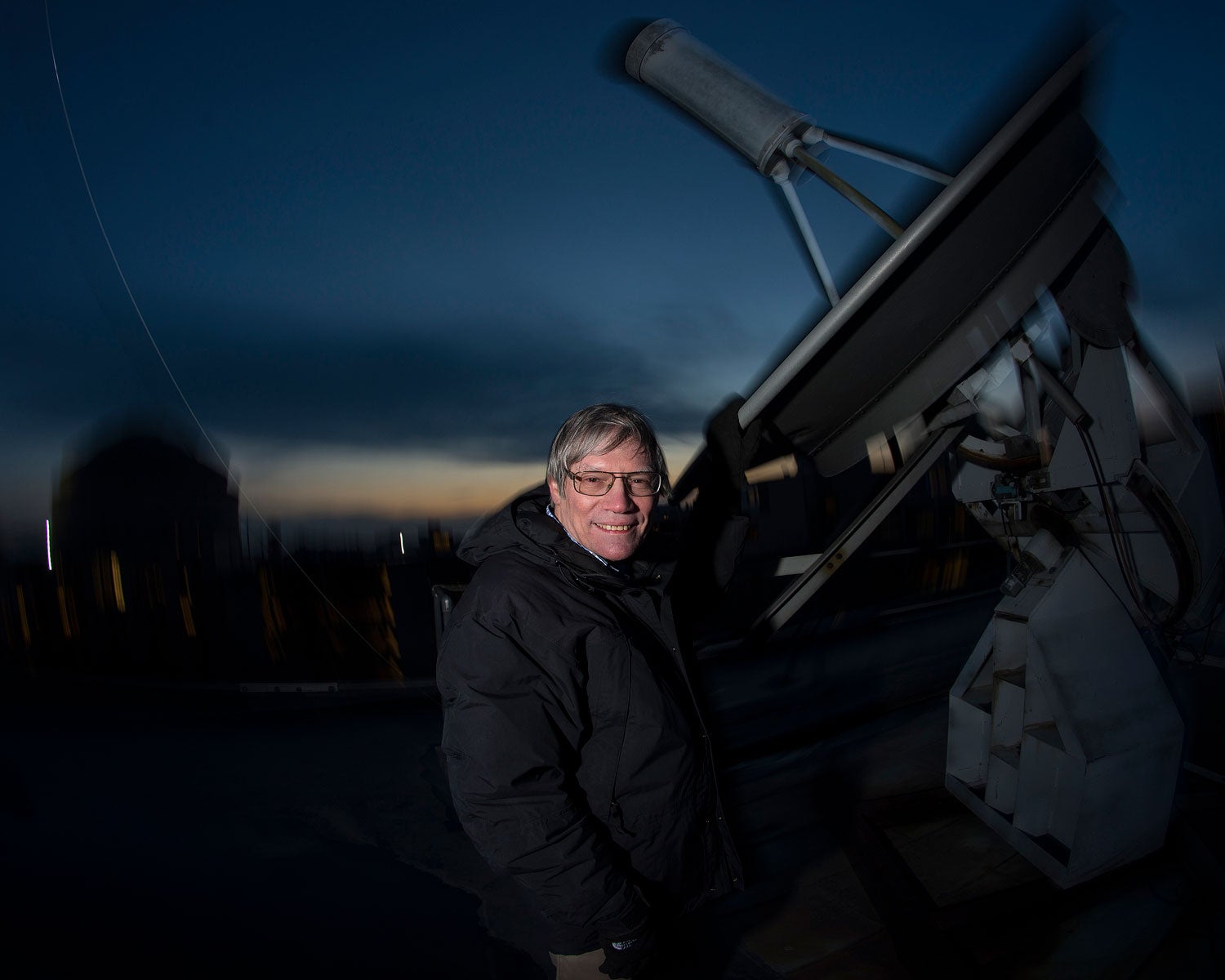
Alan Guth proposes cosmic inflation
To improve on the big bang theory, in 1980 astrophysicist Alan Guth of MIT, Andrei Linde of Stanford University and Alexei Starobinsky of the Landau Institute for Theoretical Physics in Moscow developed the theory of cosmic inflation, for which they received the Kavli Prize in Astrophysics in 2014. The theory provided a description of events when the universe was just a fraction of a second old. Cosmic inflation begins with the seeds of all the matter and energy in today’s universe packed into an absurdly hot, dense speck less than a billionth the size of a proton.
Watch Alan Guth talk about the birth of the universe. Credit: Rick Friedman/Corbis via Getty Images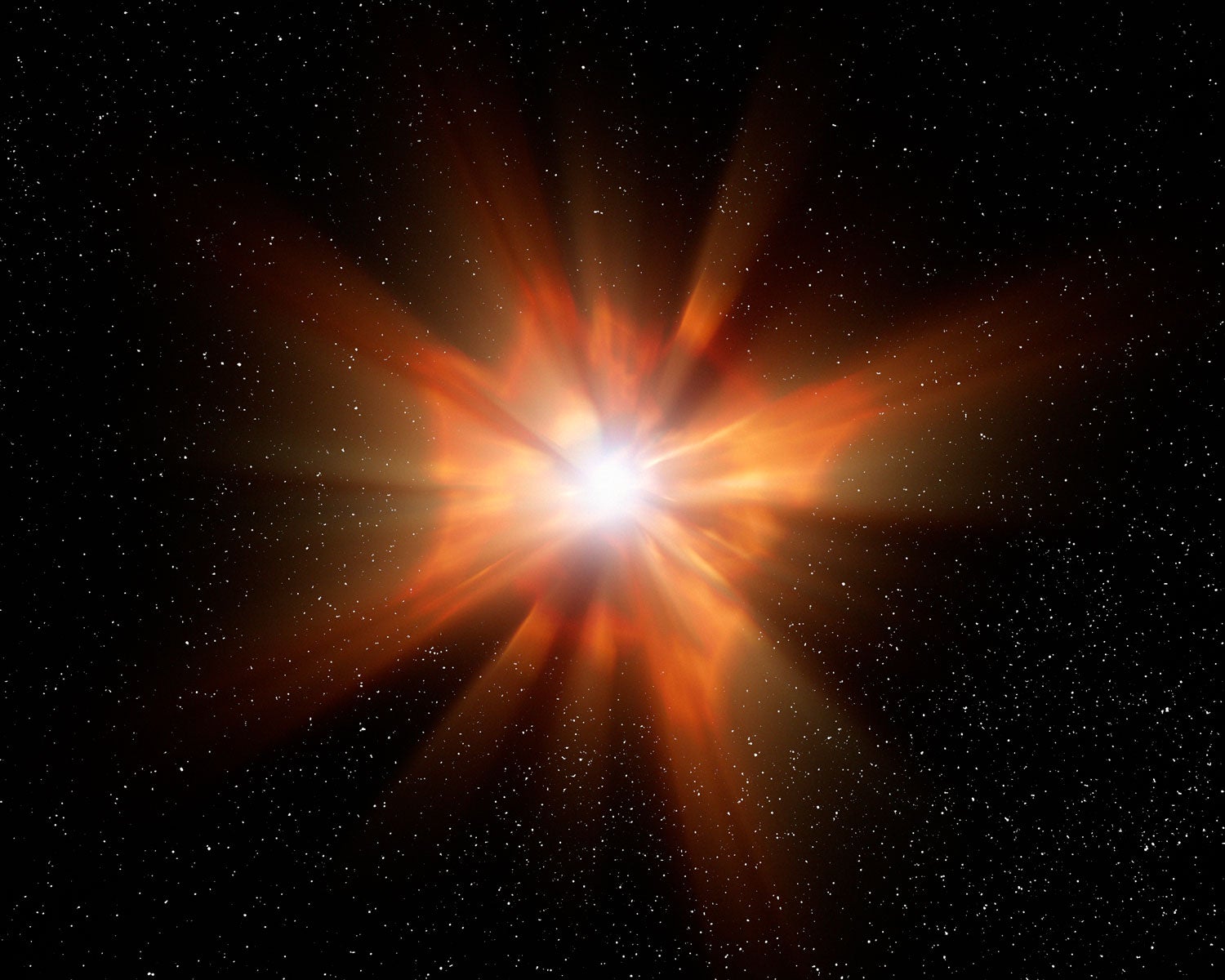
Spacetime breaks out
Such extraordinary conditions, Einstein predicted, would cause gravity to repel objects rather than attract them. This caused the hot, dense speck to expand at a trillion trillion times the speed of light— so forcefully and so fast that it ballooned spacetime itself. Once it was the size of a marble, the universe expanded according to the big bang theory. This theory of early cosmic inflation predicts the universe’s smoothness, its flatness, and a precise pattern of ripples in spacetime that match the observations of today’s telescopes.
Credit: Victor de Schwanberg/Science Photo Library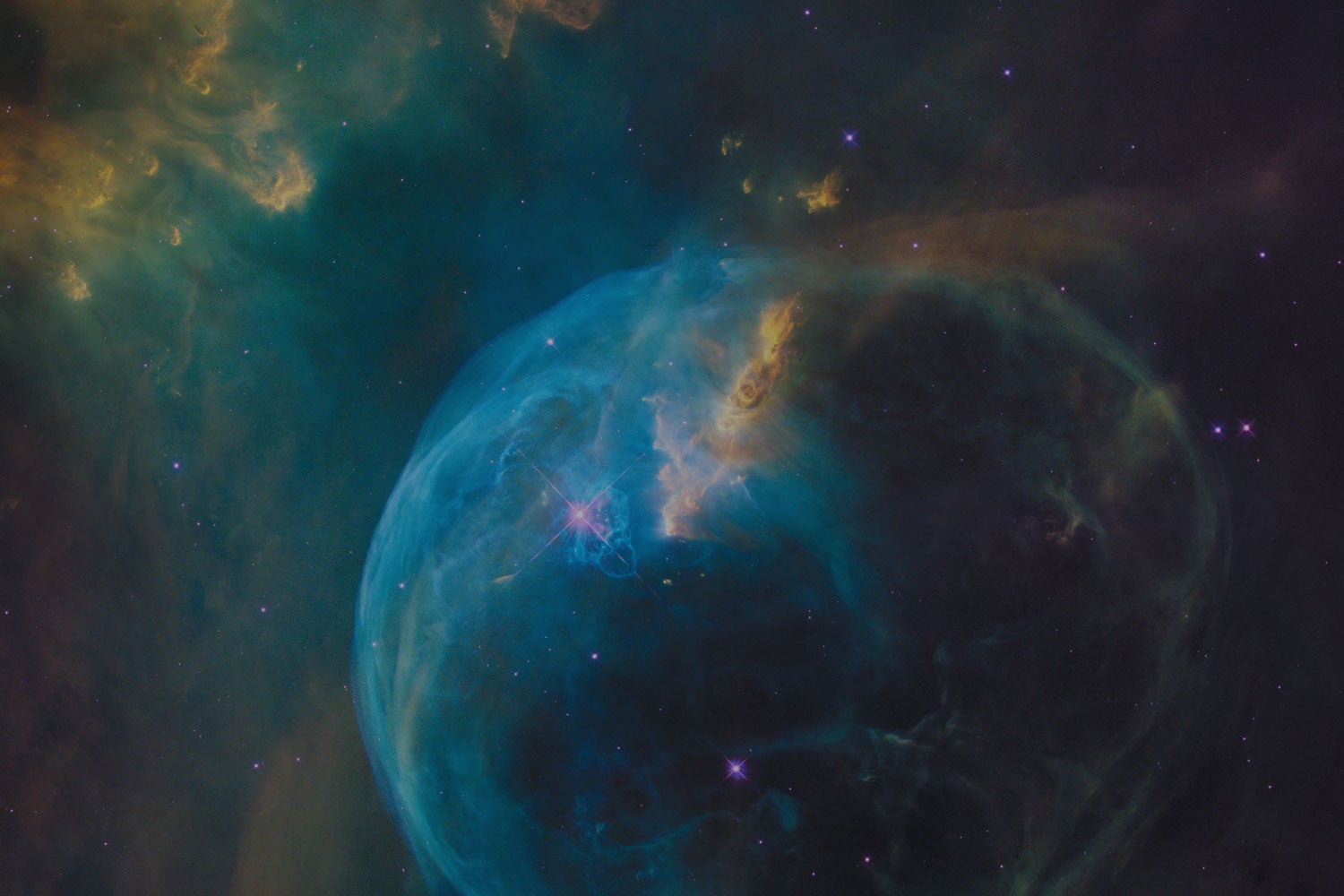
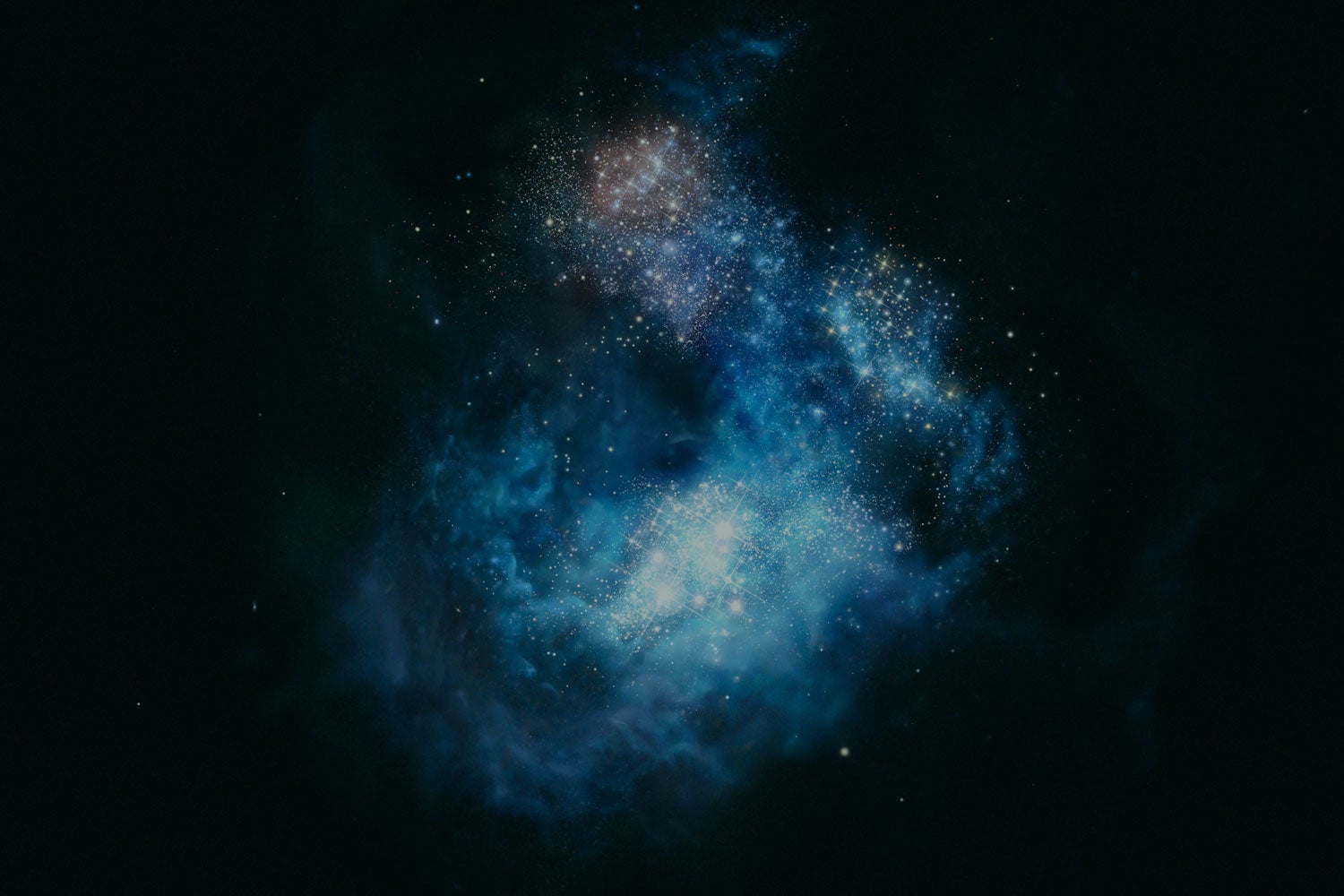
The inflationary universe
Press play to immerse yourself in an interactive 3-D model of the history of our universe. Click on annotations to travel through time, from the birth of the universe 13.8 billion years ago to the present day.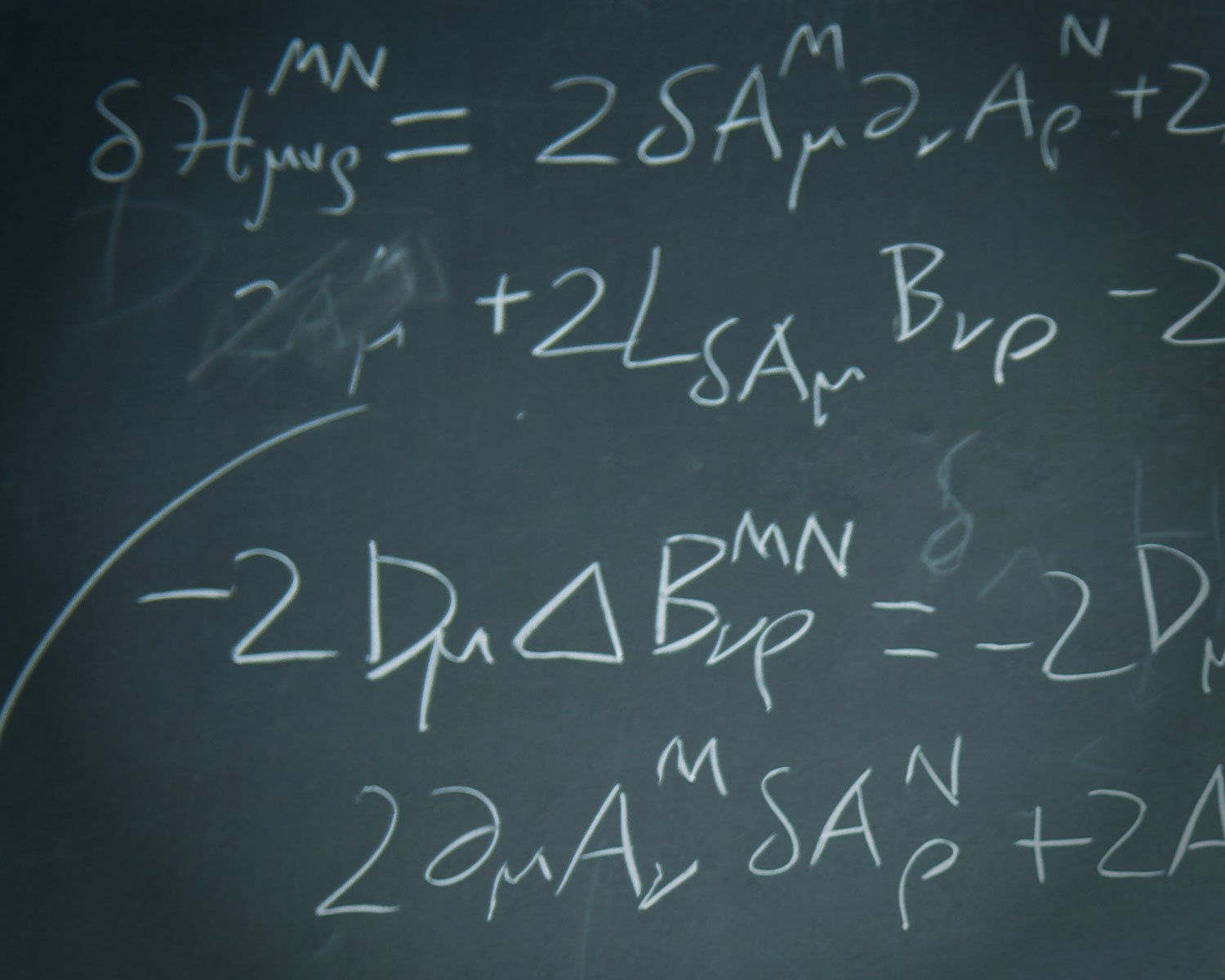
Mind-bending implications
While cosmic inflation theory provides answers to a number of persistent questions, it generates many more. As a theorist, Guth spends his days puzzling through some of the theory’s more bizarre implications. What emerges is a view of the universe nearly alien to conventional understanding.
Credit: National Geographic Image Collection/Alamy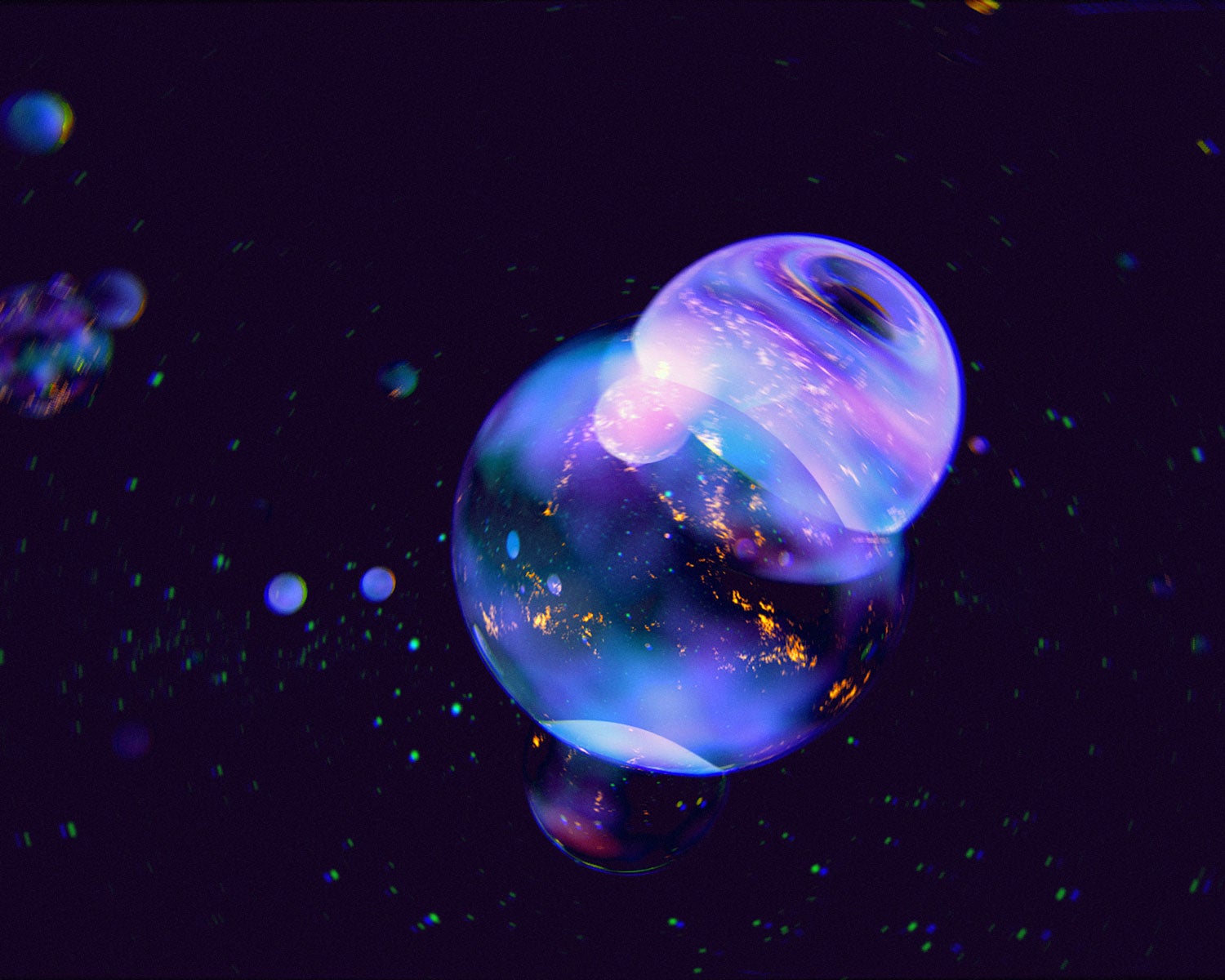
Do we live in a multiverse?
Although the universe we live in is all we can see, it may not be all that exists. That’s because many versions of inflation theory predict that once a speck of repulsive-gravity material starts inflating, it never stops. Instead, it ends in places, creating a big bang, and a universe like ours take shape. Each of these universes would have the same physics as ours. Outside of them, repulsive gravity material inflates forever, producing an infinite procession of pocket universes that are born, expand, then die.
Credit: Wojtek Urbanek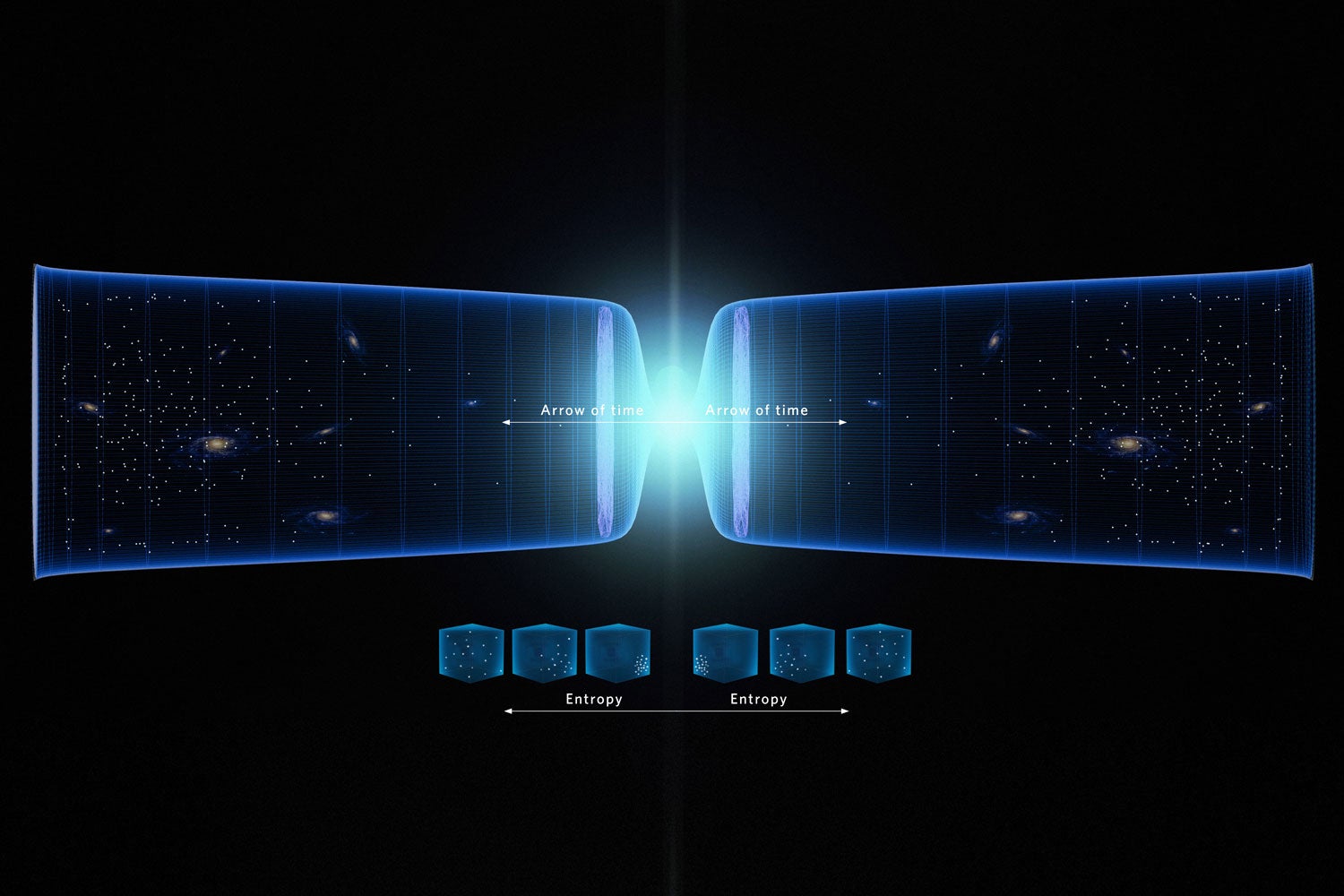
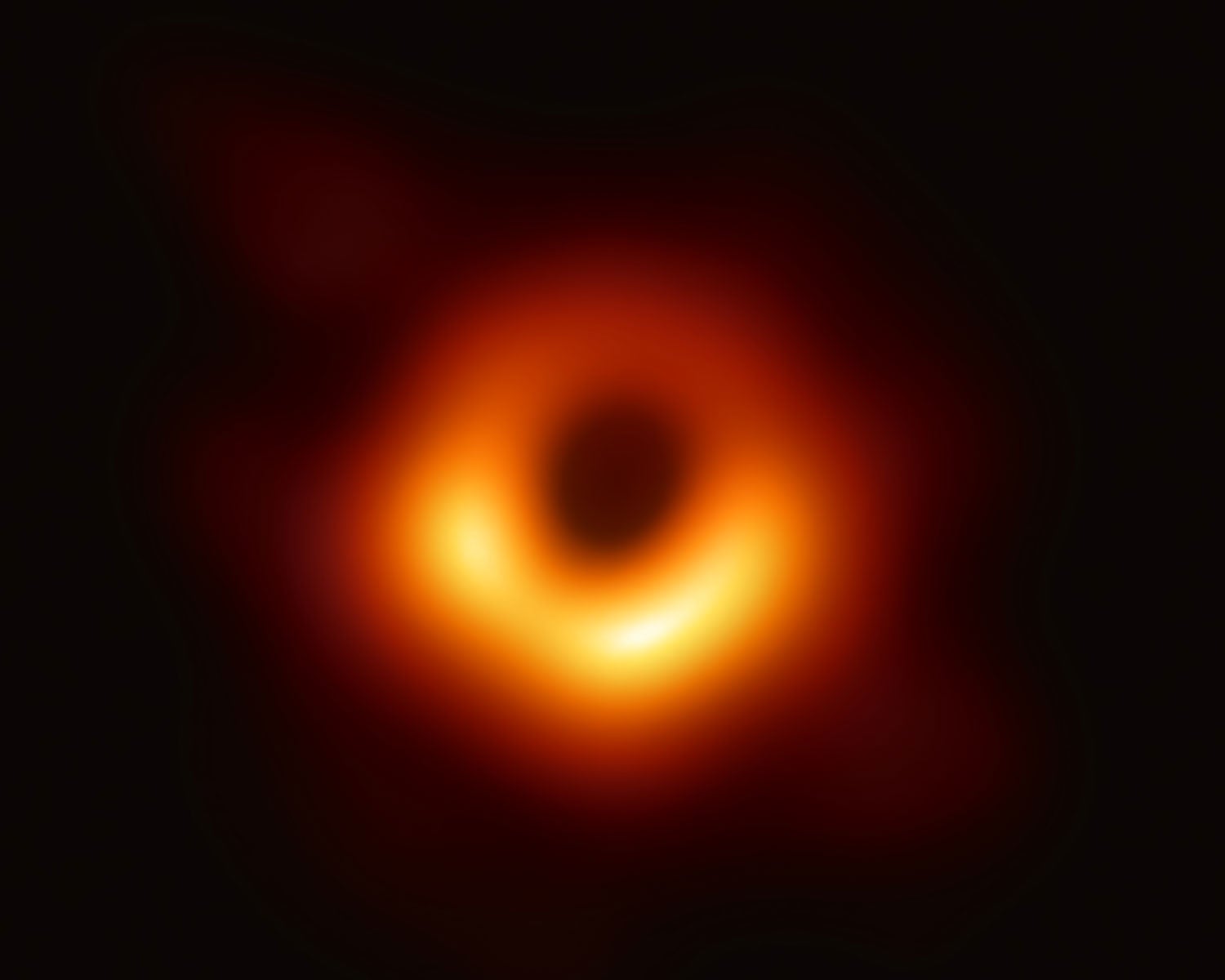
Could primordial black holes hold the universe together?
Hybrid inflation, a variant of cosmic inflation theory developed by 2014 Kavli Prize co-winner Andrei Linde, predicts that myriad black holes as small as an asteroid formed in the first second after the big bang. These primordial black holes may make up dark matter—the elusive, invisible matter whose gravity keeps galaxies from flying apart. They may have seeded the supermassive black holes at the center of galaxies, such as this one in galaxy M87.
Credit: Event Horizon Telescope Collaboration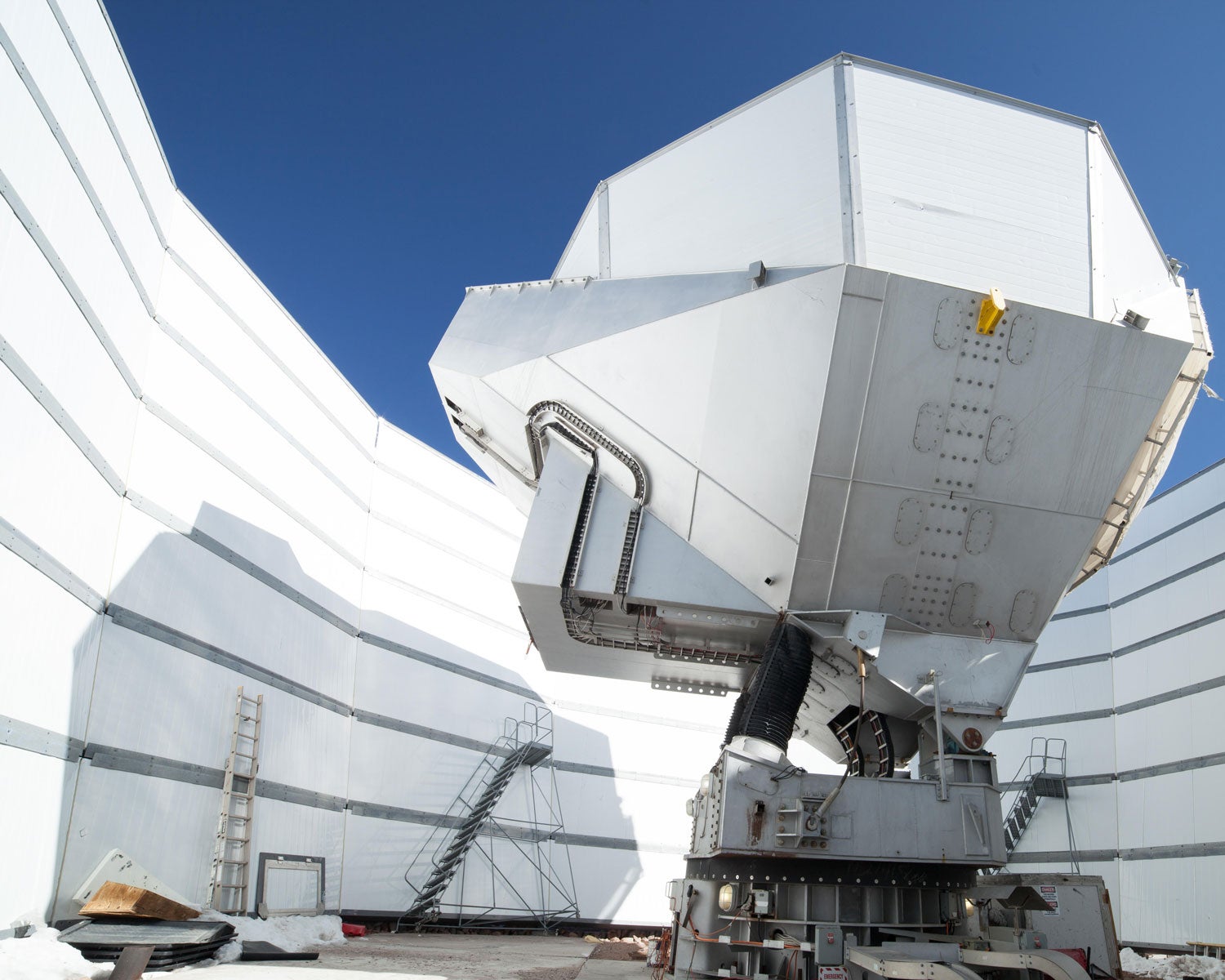
Searching for inflation’s fingerprint
While Guth and other theorists tease out the implications of inflation, other scientists are working to bolster cosmic inflation theory with observations. The theory predicts that inflation produced gravitational waves, which in turn would have left swirly fingerprints called B-mode polarizations in the cosmic microwave background. A large, prominent group of astronomers with the Simons Observatory, which includes the Atacama Cosmology Telescope and Simon’s Array (shown) in Chile’s high desert, will begin observations this year to uncover those fingerprints.
Credit: Giulio Ercolani/Alamy